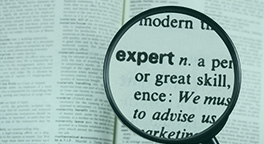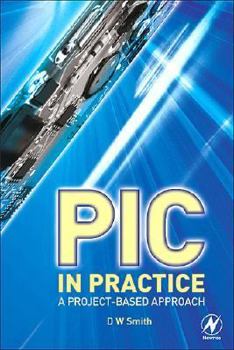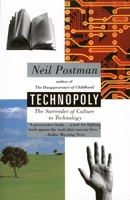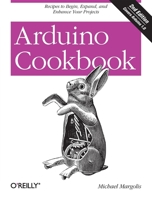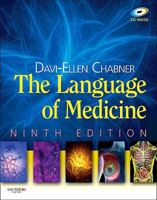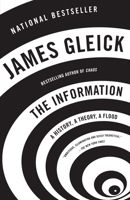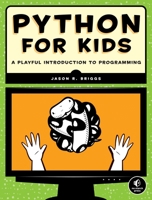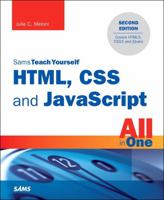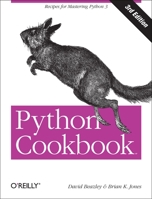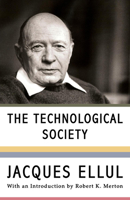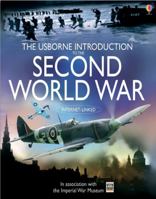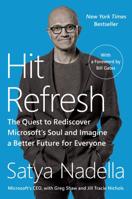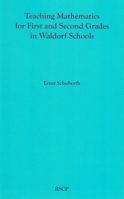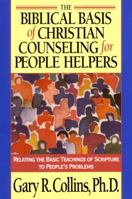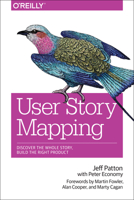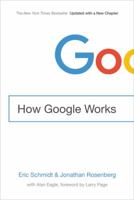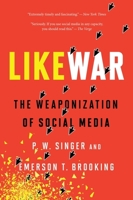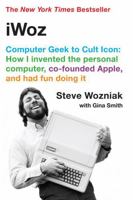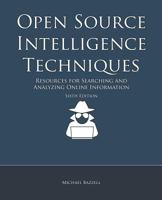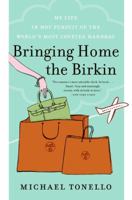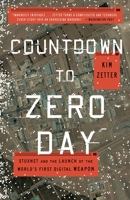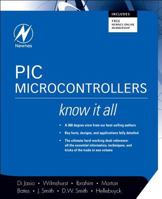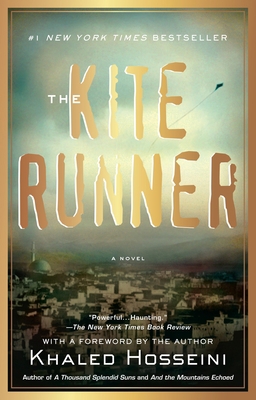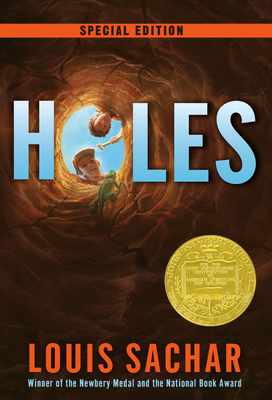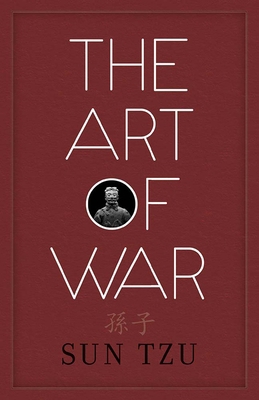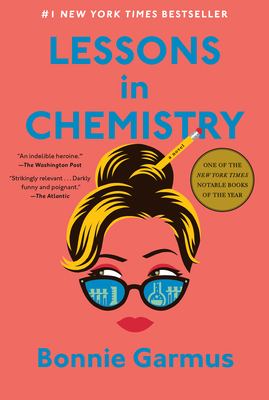PIC in Practice: A Project-Based Approach
Select Format
Select Condition 
You Might Also Enjoy
Book Overview
Related Subjects
Drama Language Arts Literary Literary Criticism & Collections Literature Literature & FictionCustomer Reviews
Rated 5 starsExcellent resource!
This is by far the best reference I've ever seen for microprocessors. Some people can learn abstractly; however, I think anyone would agree the best way to learn to do something is to do it for yourself. That is the basis of this book. I have taken several classes on microprocessors and ran into a problem I couldn't resolve when I picked up this book. I did a few example programs for myself, based on the subject, and now the...
0Report
Rated 5 stars2006 Edition, EXCELLENT, I wish I had found this book 10 years ago
I wish I had had this book 10 years ago. It would have saved me thousands of hours ploughing thru badly written books, incomprehensible data sheets and dealing with the obstacle course at Microchip's website. This is simply the best book on using PIC technology. He gets down to writing a simple program on page 11. He also deals with headers on page 14. Most PIC books ignore this vital step. He also uses Plain English. Microchip...
0Report
Rated 5 starsWant to learn and retain information?!
OUTSTANDING book! After reading PIC in Practice, you can read ANY assembly code! This book is very easy to understand. It is written as though the author is talking directly to you. Each topic is explained in three different ways using real-world examples. Great explanation of each instruction code. Like a great novel, all projects in come together at the end of the book. It gives you a "warm fuzzy" of understanding...
0Report
Rated 5 starsyou must buy this book when you want to program pics in assembly language
Even a beginner can understand this book. Don't hesitate to buy it, this book will help you a lot to learn and understand how to program pics in assembly language.
0Report
Rated 5 starsPIC in practice review
Well done D.W.Smith!, this book is well laid out and easy to understand. Mr Smith has not presumed any prior PIC knowledge from the reader, except a good understanding of electronics. Describing basic PIC functions initially & with plenty of practical applications early on & then going onto describe why it works. There is no heavy technical 'jargon' early on which all of my other 5 PIC books are guilty of. I only wish...
0Report







